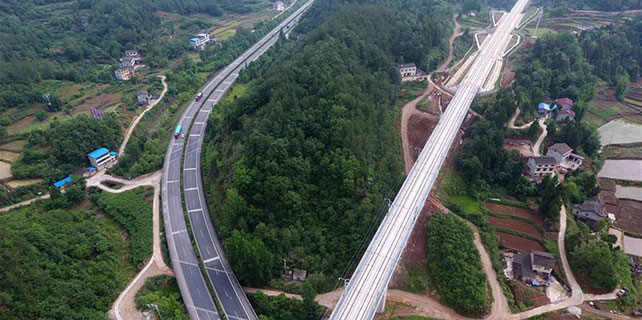Doctors battle cancer-causing Thai fish dish
It wasn't until he got to medical school that Narong Khuntikeo finally discovered what caused the liver cancer that took both of his parents' lives: their lunch.
Like millions of Thais across the rural northeast, his family regularly ate koi pla-a local dish made of raw fish ground with spices and lime.
The pungent meal is quick, cheap and tasty, but the fish is also a favorite feast for parasites that can cause a lethal liver cancer killing up to 20,000 Thais annually.
Most hail from northeast, a large, poor region known as Isaan that has dined on koi pla for generations and now has the highest reported instance of the Cholangiocarcinoma (CCA)-bile duct cancer-in the world.
One of the major causes of CCA is a parasitic flatworm-or fluke-that is native to the Mekong region and found in many freshwater fish.
Once eaten, the worms can embed undetected in the bile ducts for years causing inflammation that can, over time, trigger the aggressive cancer, according to the World Health Organization.
"It's a very big health burden around here ... it affects families, education and socioeconomic development," says Narong, who went on to become a liver surgeon to battle the scourge.
"But nobody knows about this because they die quietly, like leaves falling from a tree."
After seeing hundreds of hopeless late-stage cases on the operating table, Narong is now marshalling scientists, doctors and anthropologists to attack the "silent killer" at the source.
They are fanning out across Isaan provinces to screen villagers for the liver fluke and warn them of the perils of koi pla and other risky fermented fish dishes.
But changing eating habits is no easy task in a region where love for Isaan's famously chili-laden cuisine runs deep.





















